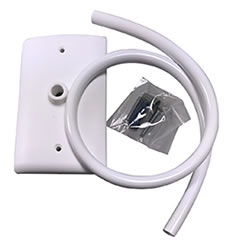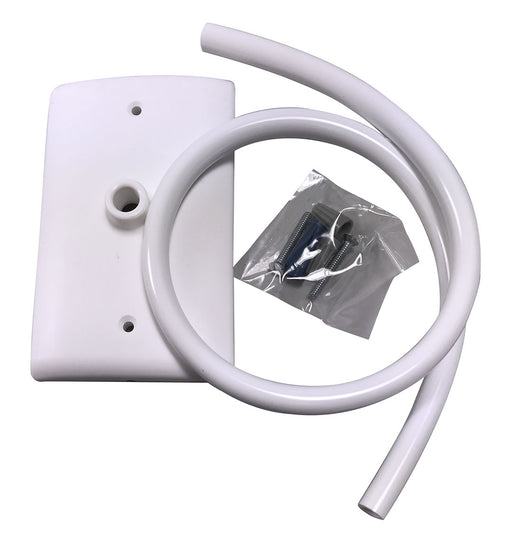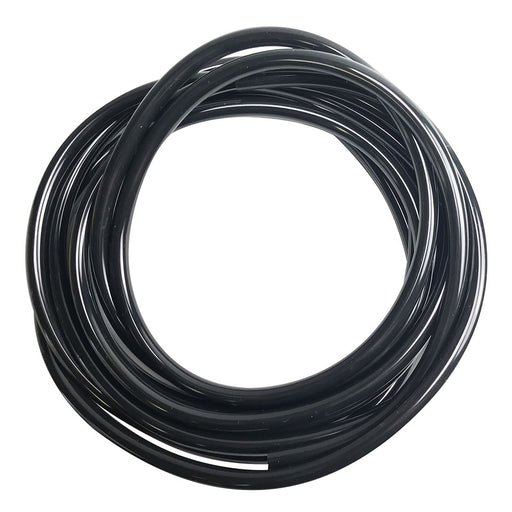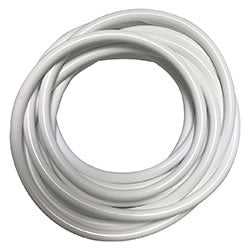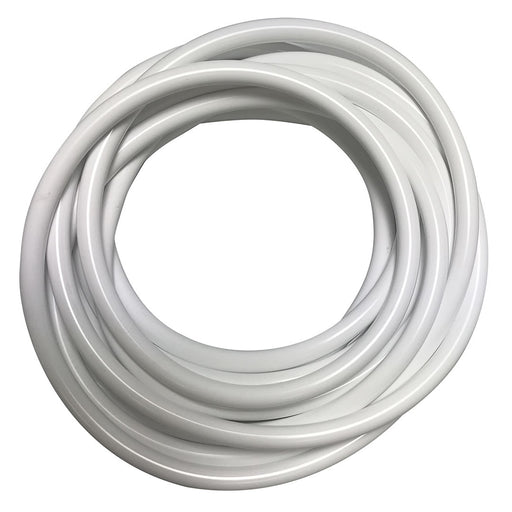
Noisy Garage Door Driving You Crazy? How to Fix it Fast
Is your garage door making a racket every time you open and close it? The squeaking, grinding, and loud banging sounds are more than just annoying—they could signal issues with your door that will only get worse over time.
The good news is that a noisy garage door is often an easy fix. By replacing a few key components and following some maintenance tips, you can get your door opening and closing quietly again.
What Causes a Noisy Garage Door?
There are a few common culprits behind a noisy garage door:
- Worn out rollers and hinges - The metal rollers that allow the door to move smoothly along the track can become worn out over time. This causes squeaking and resistance. Hinges can also become loose and creaky.
- Lack of lubrication - Without proper lubrication, the metal parts of the door will grind against each other and cause squeaking.
- Broken torsion springs - Torsion springs are tightly coiled and under extreme tension. When one breaks, it can cause the door to “bang” loudly when opening or closing.
- Misaligned tracks - If your door’s metal tracks become bent or misaligned, the rollers will grind and squeak against them as the door moves.
How to Fix a Noisy Garage Door
Fortunately, you can take a few simple steps to get your noisy door operating quietly again:
- Replace the rollers - Installing new nylon or steel rollers to replace worn ones is an easy fix to reduce noise. Make sure the roller wheel turns freely.
- Replace the hinges - Worn out hinges can loosen and cause squeaking. Swap them out for new hinge hardware to stop the noise.
- Lubricate moving parts - Apply garage door lubricant to the tracks, rollers, hinges, and springs. Avoid grease, which can collect dirt.
- Tighten hardware - Check all nuts and bolts, and tighten any loose hinges, brackets, track mounts, and handle components.
- Replace broken springs - It’s dangerous to repair torsion springs yourself. Have a pro handle any needed spring replacements.
- Adjust tracks - Use a level to check that tracks are properly aligned. Follow instructions to re-align if needed.
With a few inexpensive new parts, proper lubrication, and some DIY maintenance, you’ll have your garage door operating silently again. No more cringing every time you come and go!
TOP SELLING PRODUCTS
-
GarageDoorProject™ Replacement Part -Garage Door Operator Reinforcement Bracket- Adjustable for 18", 21", and 24" Sections- Powder Coated - Exclusive from GarageDoorProject ! -USA Vendor 100% OEM Manufacturers with New Production Dates.
Original price $0.00 - Original price $0.00Original price $0.00$65.99$65.99 - $65.99Current price $65.99In stockOur field-tested garage door operator bracket boasts commercial-grade quality, easily adjustable to fit various garage door sizes (18", 21"...
View full detailsOriginal price $0.00 - Original price $0.00Original price $0.00$65.99$65.99 - $65.99Current price $65.99 -
GarageDoorProject™ Replacement Part -GarageDoorProject US Direct - Wire Hide Kit;WHITE; provides a clean, professional look for Operator and Photo Eye Installations; with wall plate, 22" of black tubing, wire nuts, dry wall anchors, and screws.
Original price $44.95 - Original price $44.95Original price $44.95$51.99$51.99 - $51.99Current price $51.99In stockGarageDoorProject® presents the Replacement Wire Hide Kit in black, offering a sleek solution for concealing wires in Operator and Photo Eye Instal...
View full detailsOriginal price $44.95 - Original price $44.95Original price $44.95$51.99$51.99 - $51.99Current price $51.99 -
GarageDoorProject™ Replacement Part -GarageDoorProject US Direct -Wire Hide Tubing; White; 16' coil- Black -USA Vendor 100% OEM Manufacturers with New Production Dates.
Original price $48.96 - Original price $48.96Original price $48.96$56.99$56.99 - $56.99Current price $56.99In stockGarageDoorProject® offers the Replacement Wire Hide Tubing, a 16' coil in white or black, sourced directly from US vendors, boasting 100% OEM parts...
View full detailsOriginal price $48.96 - Original price $48.96Original price $48.96$56.99$56.99 - $56.99Current price $56.99 -
GarageDoorProject™ Replacement Part -GarageDoorProject US Direct - Wire Hide Kit; White; provides a clean, professional look for Operator and Photo Eye Installations; with wall plate, 22" of white tubing, wire nuts, dry wall anchors, and screws.
Original price $37.58 - Original price $37.58Original price $37.58$43.99$43.99 - $43.99Current price $43.99In stockGarageDoorProject® presents the Replacement Wire Hide Kit in white, offering a professional solution for concealing wires during operator and photo...
View full detailsOriginal price $37.58 - Original price $37.58Original price $37.58$43.99$43.99 - $43.99Current price $43.99 -
GarageDoorProject™ Replacement Part -GarageDoorProject US Direct - Wire Hide Tubing; White; 16' Coil- White -USA Vendor 100% OEM Manufacturers with New Production Dates.
Original price $48.96 - Original price $48.96Original price $48.96$56.99$56.99 - $56.99Current price $56.99In stockGarageDoorProject® presents Replacement Wire Hide Tubing in white, featuring a 16' coil for effectively concealing wires in garage door installatio...
View full detailsOriginal price $48.96 - Original price $48.96Original price $48.96$56.99$56.99 - $56.99Current price $56.99


